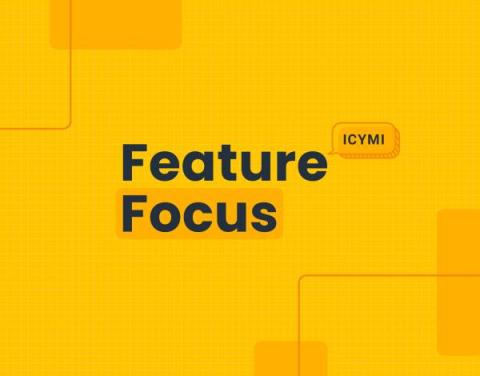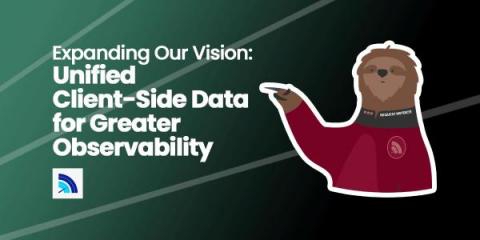Operations | Monitoring | ITSM | DevOps | Cloud
Observability
The latest News and Information on Observabilty for complex systems and related technologies.
OpenTelemetry Roundup for Kubecon EU
Well howdy there partner, Phillip here with a rootin’ tootin’ OTel update for ya, right on time for Kubecon EU!
Observability for business decision making: bridging the gap between IT and the business
Developing a culture of observability
In the race to attract and retain customers, businesses must deliver great customer experiences, release reliable products fast, and scrutinize costs to achieve consistent growth. That can either be a well-oiled machine or a tangle of disjointed communications and workflows that frustrate customers, employees, and management alike. By developing a culture of observability, you can have a framework that harmonizes the experience for everyone.
Does OpenTelemetry in .NET Cause Performance Degradation?
Contrary to Betteridge’s Law of Tabloid Headlines, the answer to the question, "does OpenTelemetry in.NET cause performance degradation?" is yes, but context is important. I get this question so often that I thought it was time to get some stats on it. I’ve heard comments like: I can only assume that these are based on previous versions, or things like OpenTracing / OpenCensus (the heritage frameworks that were the feeders for OpenTelemetry).
Why the visibility gap is holding your IT operations back
Depending on your business, MTTR stands for mean time to repair or mean time to recovery – but it can also mean resolution, resolve, or restore. No matter how you define it, the basic measurement is the same: it’s the time it takes from when something goes down to when it is back and fully functional. This includes everything from finding the problem to fixing it. For ITOps teams, keeping MTTR to an absolute minimum is crucial.
Enhancing cloud native application observability on AWS with business transaction insights
With business transaction insights in AppDynamics Cloud, you can turn cloud native chaos into business context. Here’s how. In any organization, technology plays a vital role in nearly every aspect of the business — from marketing to operations to human resources. But increasingly, its role in revenue generation is taking center stage. Profitability and growth are now in the hands of CTOs and CIOs.
Log Management in the Age of Observability
Feature Focus: March 2023
Spring has sprung, and the bees have been busy. Let’s have a look at what’s new in Honeycomb at the close of March.











